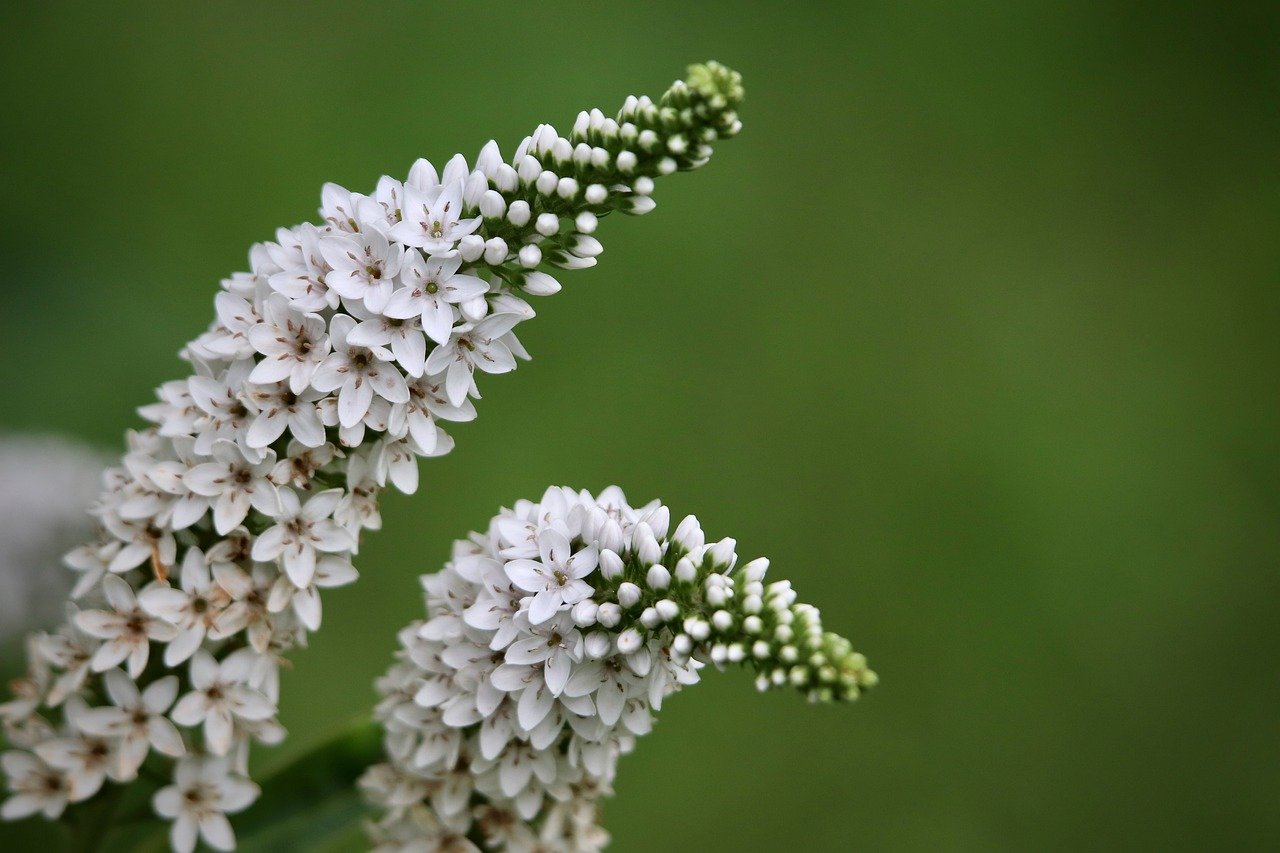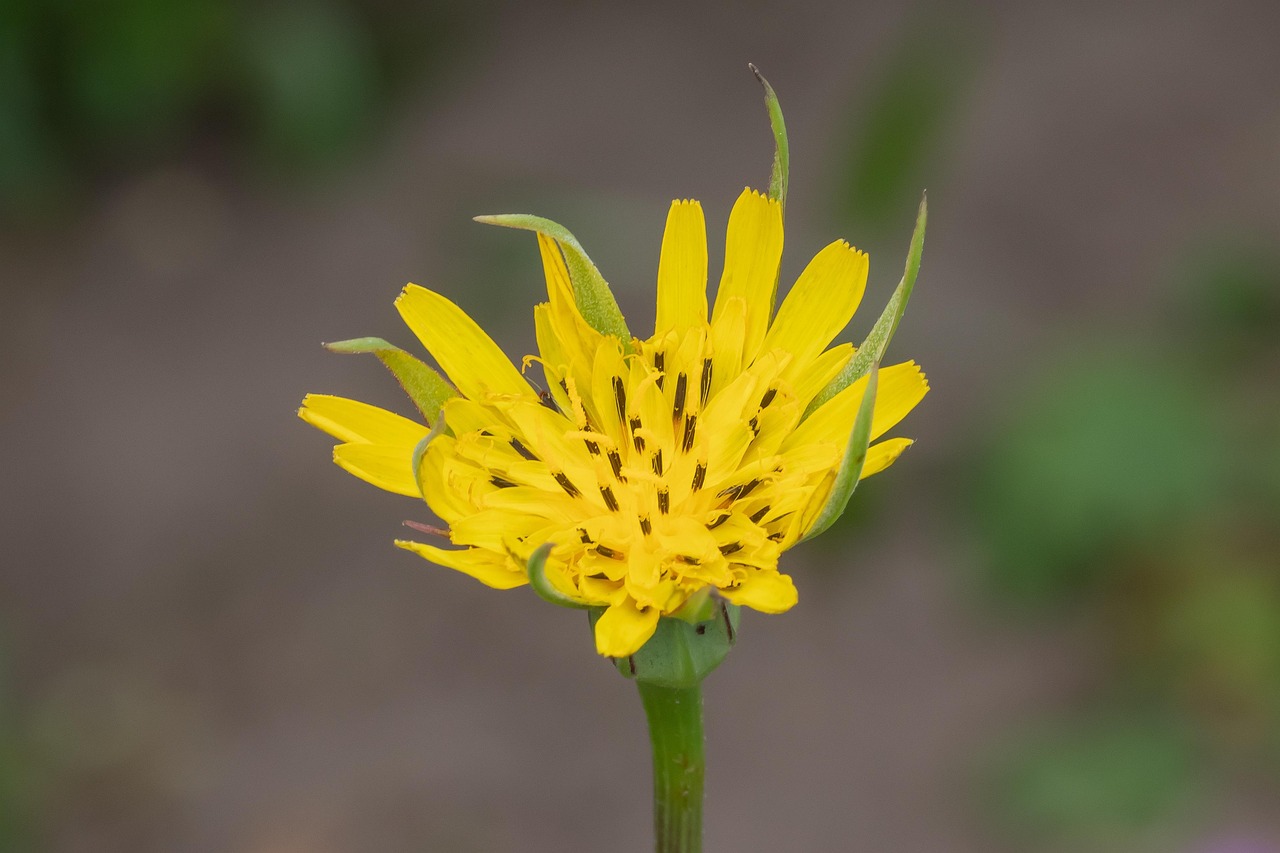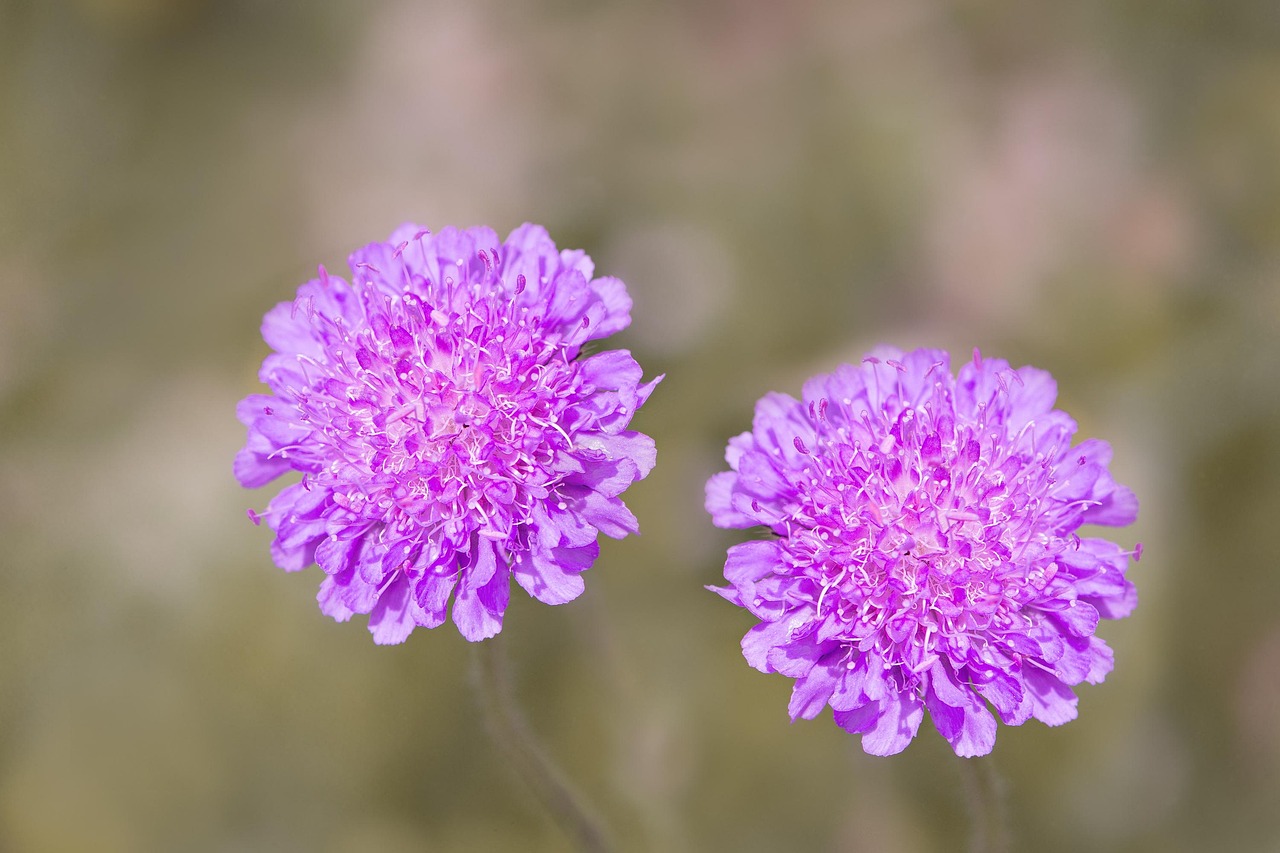Sanguisorba officinalis | A Poetic Grass Swaying in the Autumn Breeze
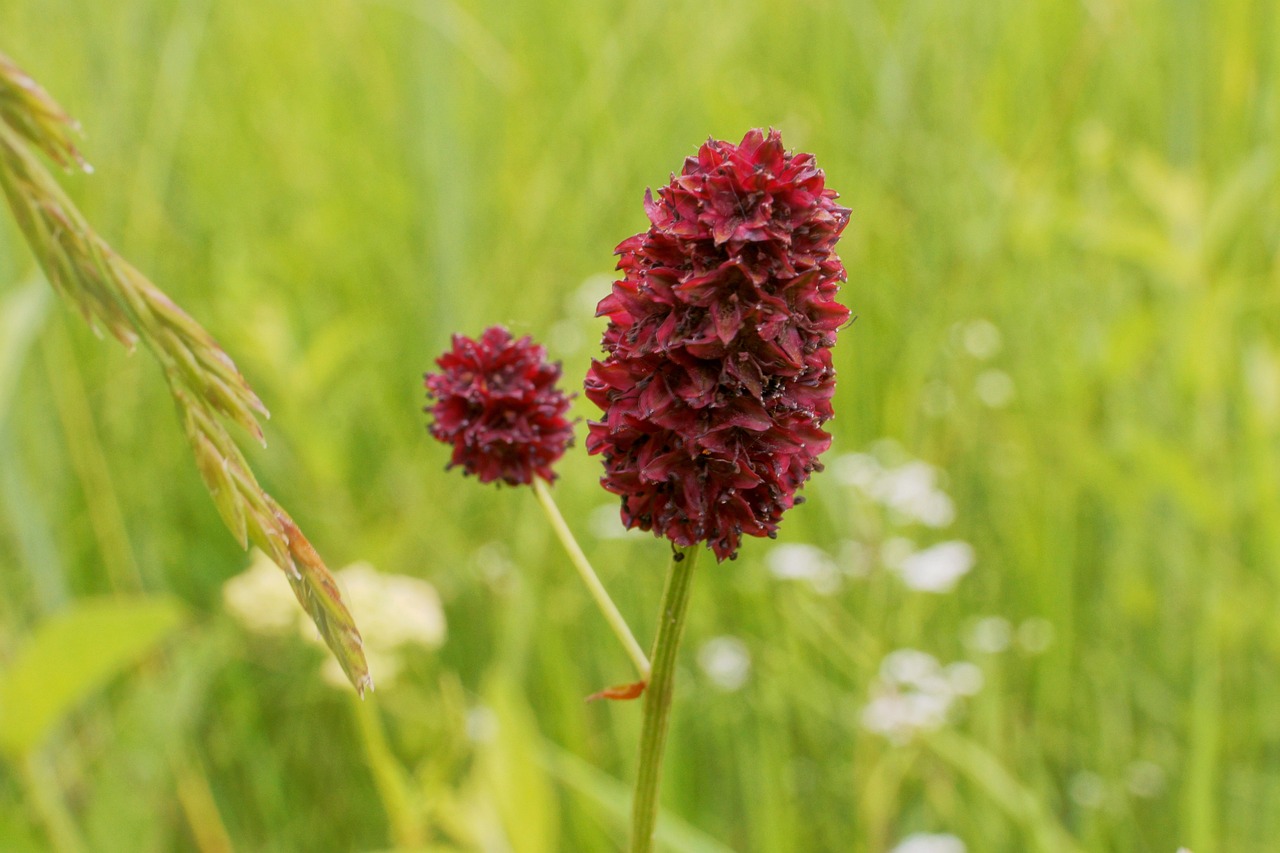
Sanguisorba officinalis, commonly known as great burnet, is a perennial plant characterized by its deep crimson, rounded flower spikes.
Despite its delicate appearance, the way it sways gracefully in the wind adds a profound sense of beauty, blending naturally into Japanese gardens and meadows. Loved since ancient times, it has been celebrated in traditional Japanese poetry such as waka and haiku as a symbol of autumn’s elegance.
In this article, I will provide detailed information about Sanguisorba officinalis, including its basic profile, cultural significance, history, and cultivation tips.
Basic Information
- Scientific name: Sanguisorba officinalis
- Family: Rosaceae
- Origin: Temperate regions of the Northern Hemisphere (Europe, Asia, North America)
- Appearance: Slender stems bearing spikes of small, dark red flowers. The leaves are pinnate and slightly bluish-green.
- Blooming season: July to October
Cultural Significance Around the World
Sanguisorba officinalis has long been cherished in East Asia and Europe.
In Japan, it has been appreciated as a flower that represents the beauty of autumn, often appearing in haiku and tanka. The name waremokō (吾亦紅) is said to mean “I, too, turn crimson,” reflecting its modest yet graceful charm. It is also popular in the tea ceremony, where it is used to bring a seasonal atmosphere to the setting.
In Europe, it grows naturally in meadows and pastures, valued as a humble wildflower.
In the United Kingdom, it is incorporated into naturalistic garden designs, where its swaying form adds a subtle accent.
In France, it is sometimes used in floral arrangements that highlight the beauty of wildflowers.
In China, it has been known since ancient times, appearing in poetry and painting, and planted in traditional gardens for its natural harmony with the landscape.
Historical Episodes
Sanguisorba officinalis holds a place in both Japanese and European literature and art.
In Japan, it appeared in waka as early as the Heian period and was later used in haiku during the Edo period. Classified as an “autumn grass,” it is considered one of the symbolic flowers of the season alongside bush clover (hagi) and pampas grass (susuki). It was also planted in Edo-period gardens to express a rustic and natural aesthetic.
In Europe, it grew wild in medieval fields and grasslands, forming part of the natural scenery. In the English countryside, its swaying spikes were sometimes depicted in poetry and landscape paintings as an emblem of autumn. By the 19th century, with the rise of naturalistic garden design, humble flowers such as Sanguisorba officinalis began to be intentionally planted in gardens.
Gardening Advice
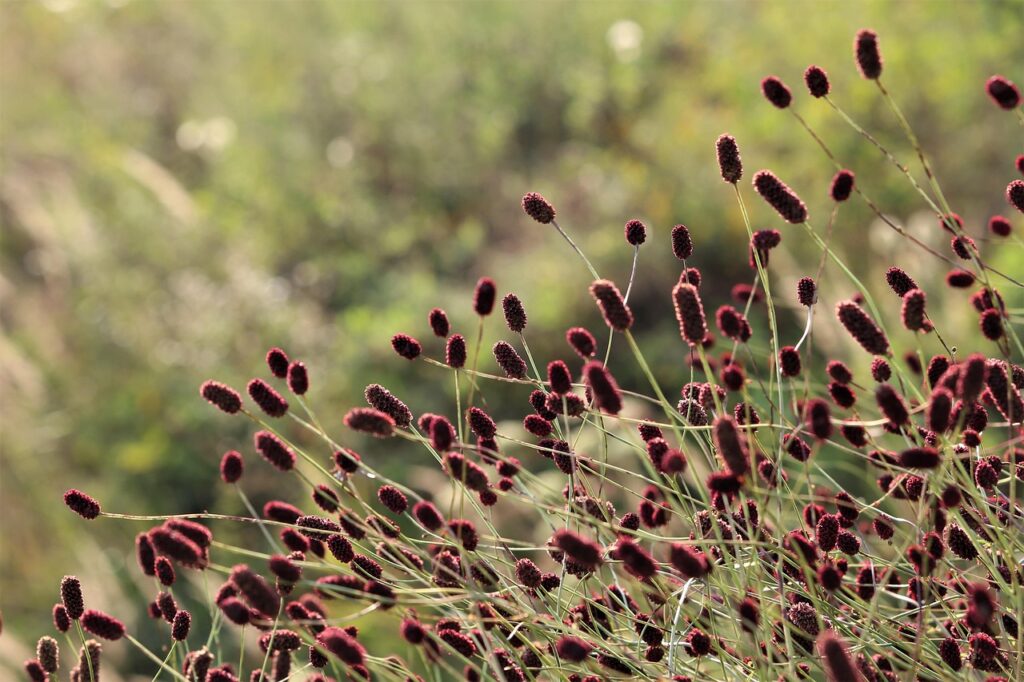
Sanguisorba officinalis is a hardy and easy-to-grow plant, but there are some points to consider for cultivating it beautifully.
Sunlight
Prefers full sun but also grows in partial shade. Adequate sunlight encourages better flowering.
Watering
Dislikes excessive moisture. Keep the soil slightly dry. In the ground, it often grows well with rainfall alone; in pots, water when the surface soil becomes dry.
Soil
Requires well-drained soil. Sandy soil or soil mixed with leaf mold is suitable. Heavy clay soil should be improved for better growth.
Fertilizer
Only a small amount is necessary. Apply a slow-release fertilizer in spring. Over-fertilization may cause excessive leaf growth.
Pruning
Cutting back faded flower spikes encourages new blooms. In winter, when stems wither, remove them to support smooth regrowth the following year.
Cold resistance
Very hardy and can overwinter without special protection. In extremely cold regions, mulch the base for extra safety.
Conclusion
Sanguisorba officinalis is a perennial plant with striking crimson flower spikes that sway elegantly in the wind.
In Japan, it has long symbolized the beauty of autumn in poetry and the tea ceremony.
In Europe, it is valued as a plant that enhances natural landscapes, particularly in English gardens where it is part of naturalistic plantings. From its presence in medieval meadows to its popularity in 19th-century gardens, it has been appreciated for centuries.
With proper sunlight and good drainage, it will bloom beautifully year after year. Why not add it as an accent to your autumn garden and enjoy its graceful presence in the breeze?

